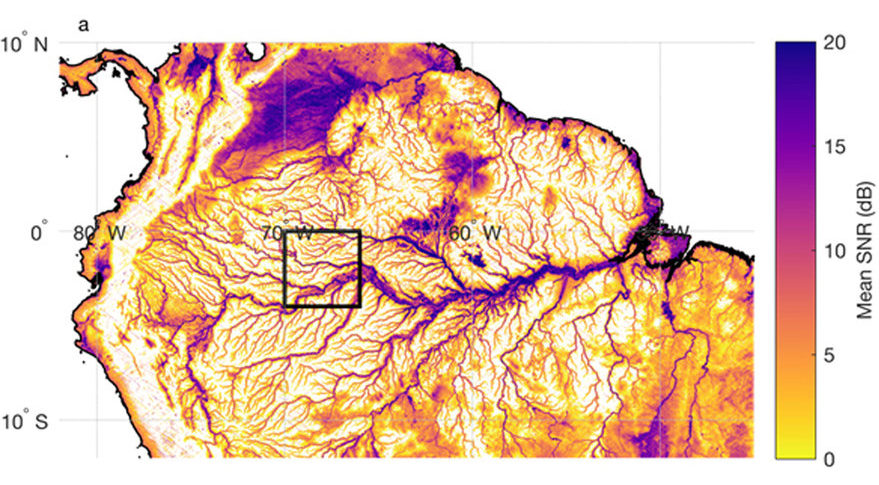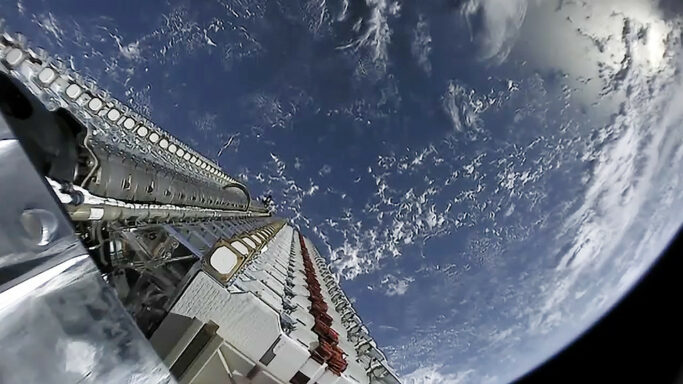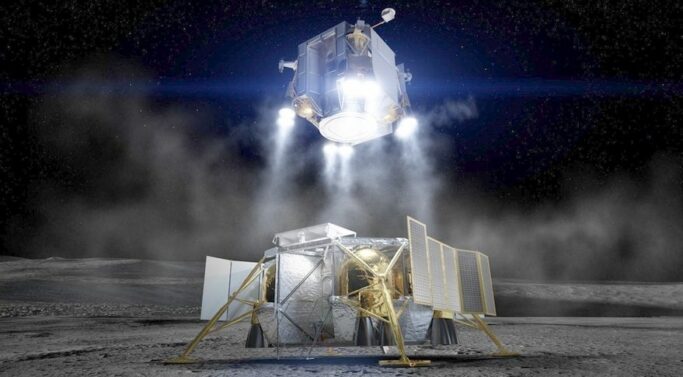
Jacksonville — Researchers examining data produced by small satellites launched in 2016 to track ocean winds were surprised the mission produced valuable information on soil moisture and flooding.
NASA’s Cyclone Global Navigation Satellite System, a constellation of eight 30-kilogram satellites built by the Southwest Research Institute and the University of Michigan, observed the Amazon River basin in far more detail than NASA’s Soil Moisture Active Passive mission even when SMAPs radar still worked.
“These images got us excited about the potential for doing new land-applications science with the Cygnus data,” said Chris Ruf, CYGNSS principal investigator and University of Michigan climate and space science professor. “Now a number of people on the science team are working on soil moisture retrieval algorithms and flood inundation algorithms based on these early results.”
Clara Chew of the University Corporation for Atmospheric Research published in August Amazon River basin flood maps with observations from SMAP’s radar and radiometer as well as CYGNSS. SMAP’s radiometer offered 30-kilometer resolution and its radar three-kilometer resolution compared with roughly 500-meter resolution for CYGNSS.
CYGNSS is good at picking up soil moisture near the surface and revealing flooding, Chew said at the American Meteorological Society conference here.
Two years into the mission, CYGNSS also is working well in its intended job: observing ocean winds at the core of tropical cyclones, Ruf said.
Source: Space News | READ MORE HERE
Posted on January 14, 2019 in Space News, Space Travel, Space Travel 2018



